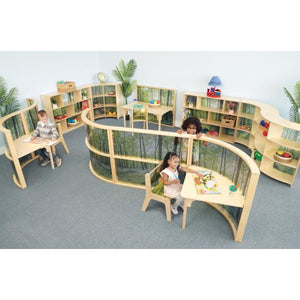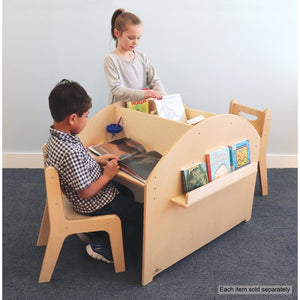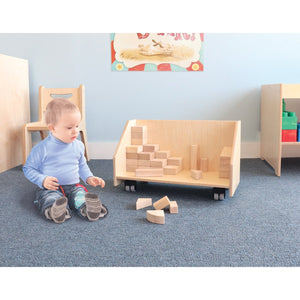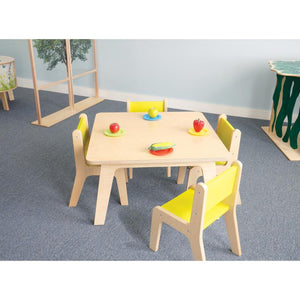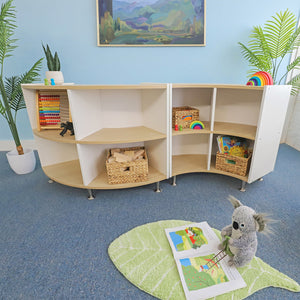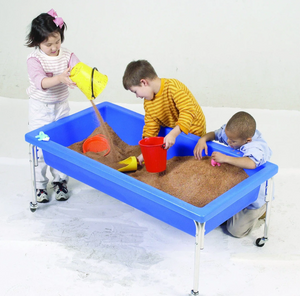Kindermark Kids Blog
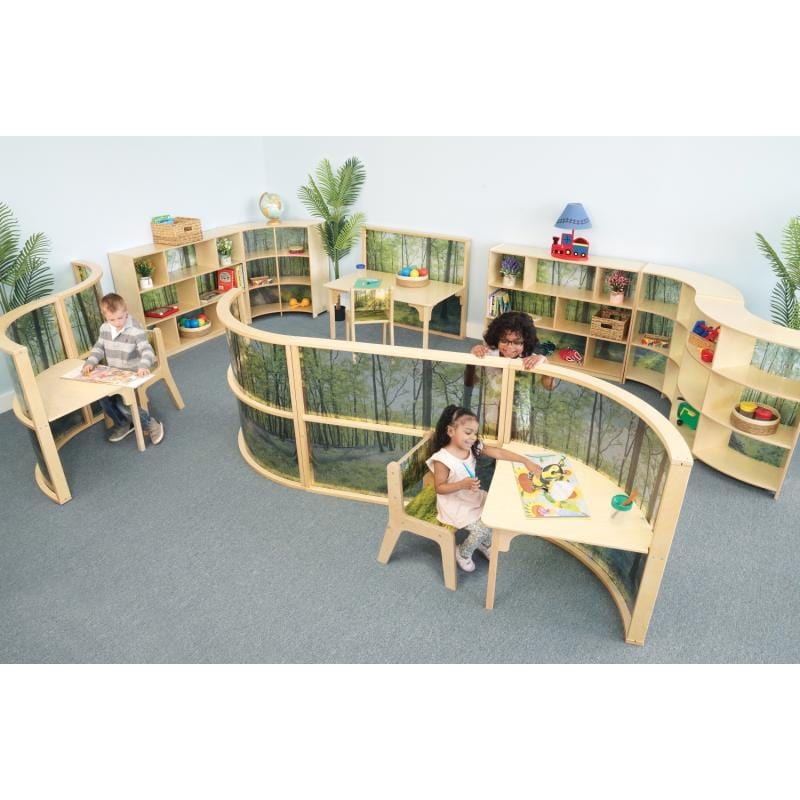
Bringing Nature Into the Classroom: Lessons from the Great Outdoors
Discover how nature in the classroom boosts focus, creativity, and learning. Explore Montessori furniture, outdoor setups, and nature-inspired teaching ideas.
- Blake Parker
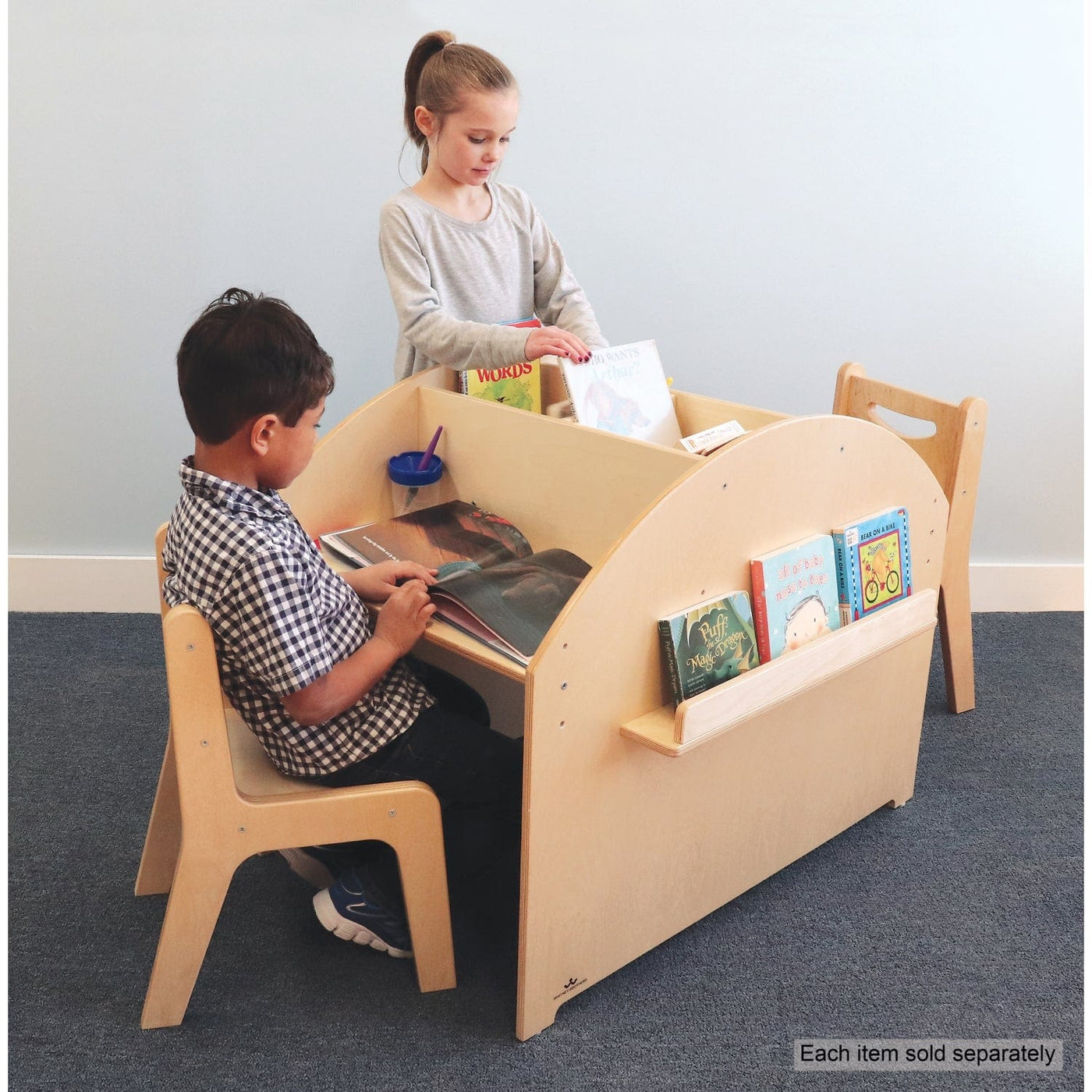
Why Open and Accessible Bookshelves Boost Literacy in the Classroom
Learn how open Montessori bookshelves, preschool furniture, and visible media storage inspire independence, organization, and a love for reading.
- Blake Parker
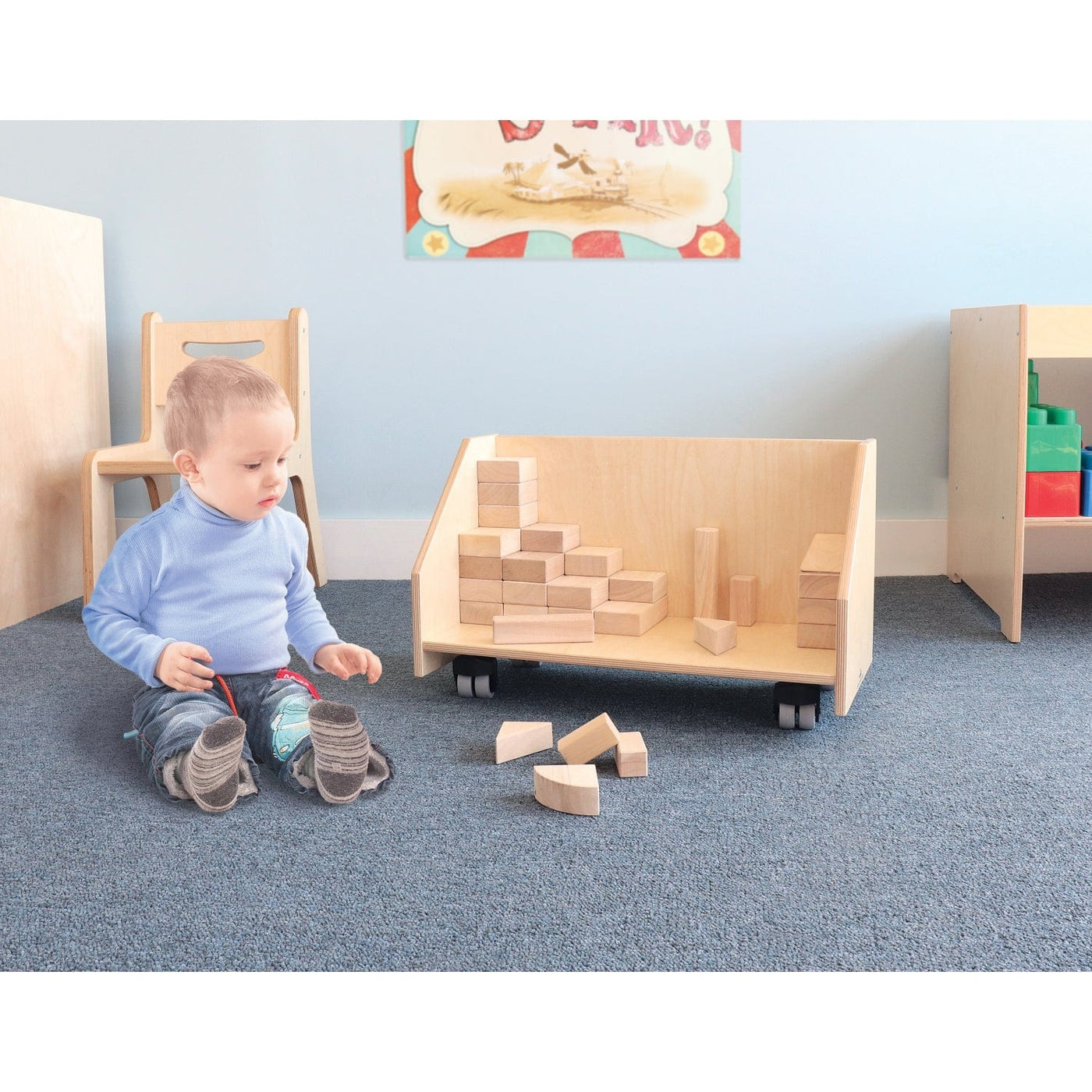
What Skills Children Learn from Blocks in the Classroom: Building Tools for Growth
Explore the skills children gain from block play in the classroom. Learn how building tools and the right preschool furniture support growth and learning.
- Blake Parker
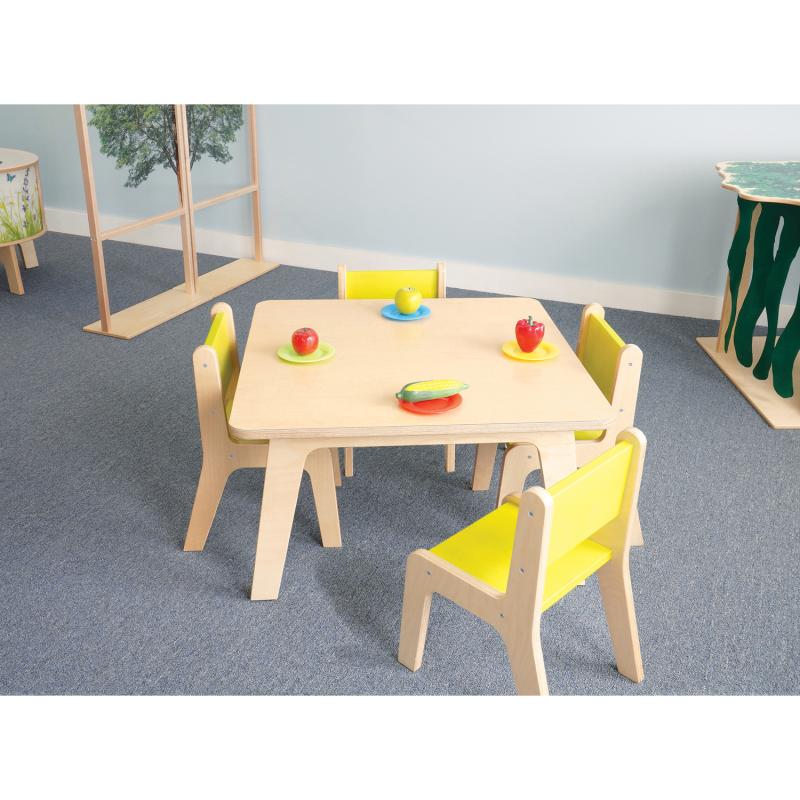
How to Encourage Autonomy in the Classroom: Furniture & Tools that Build Independence
Discover how Montessori furniture, preschool tables, and educational tools create a learning space that encourages autonomy, independence, and growth.
- Blake Parker
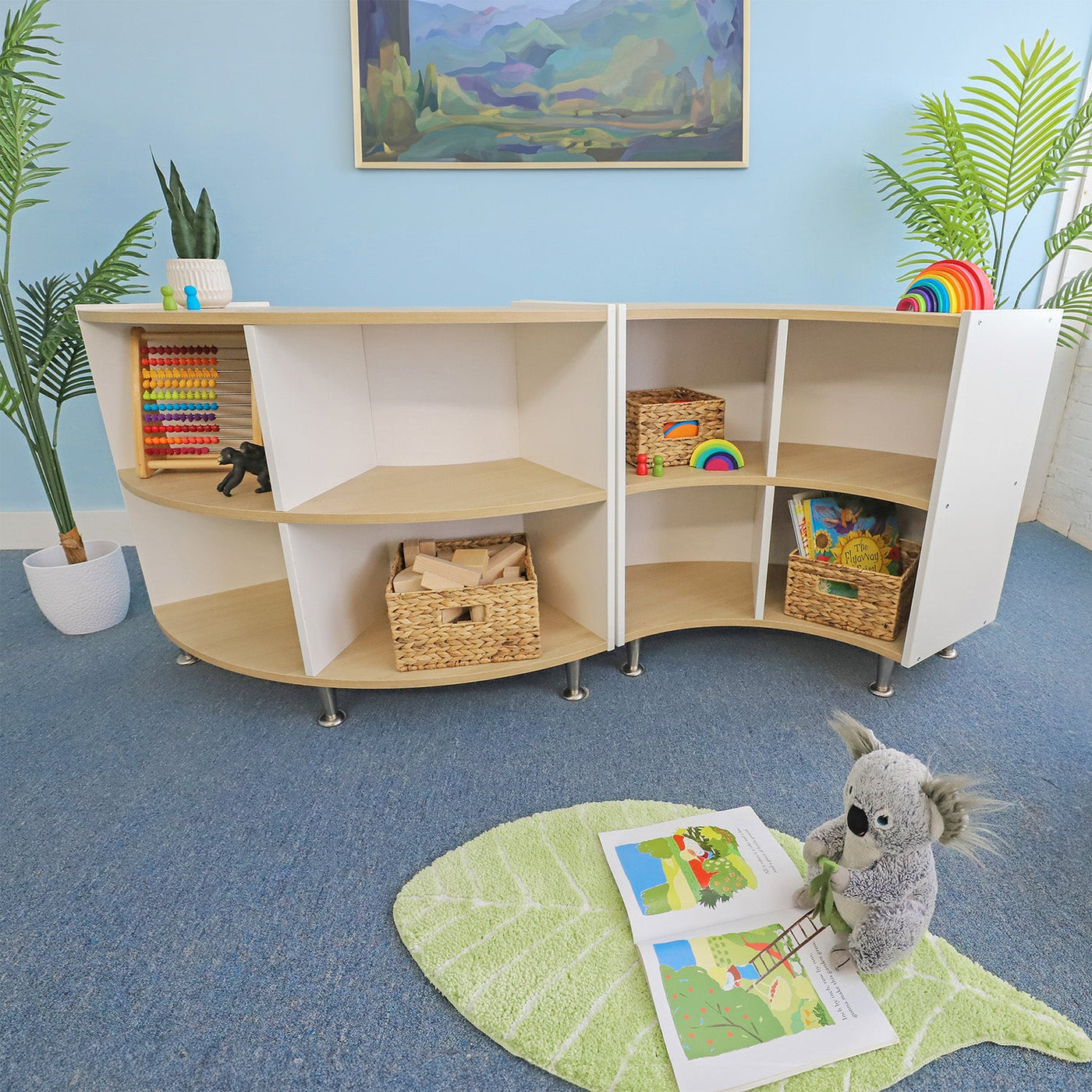
Running a Purposefully Organized Classroom: How Furniture & Layout Boost Learning Achievements
Learn how a purposefully organized classroom with the right preschool and Montessori furniture boosts focus, independence, and student achievement.
- Blake Parker


